Here are the main types of spark plugs, explained in detail based on their material, design, and application:
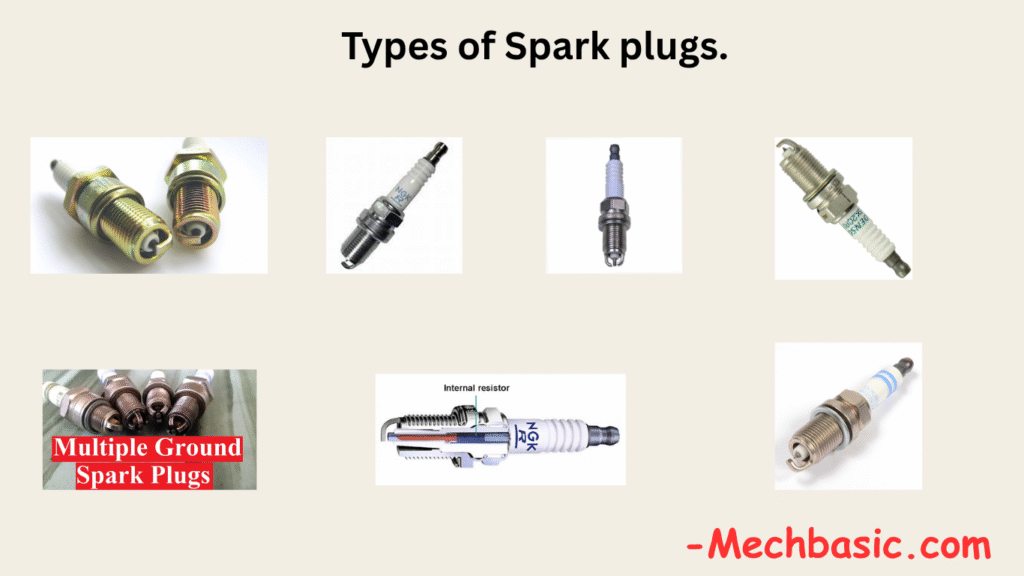
In this article:
1. Copper Spark Plugs (Standard Plugs):
Basic and affordable, with a copper core and nickel alloy electrode. Offers good conductivity but has a short lifespan.

✅ Features:
- Core made of copper, with a nickel alloy coating on the electrode.
- Cheapest and most common type.
- Excellent electrical conductivity.
⚠️ Drawbacks:
- Short lifespan (~20,000–30,000 km).
- Electrode wears out faster due to the soft nickel material.
🔧 Best For:
- Older engines or vehicles with low performance requirements.
2. Platinum Spark Plugs:
Features a platinum disc on the center electrode. Lasts longer than copper and resists fouling better.

✅ Features:
- Have a platinum disc welded to the center electrode.
- Platinum is harder than nickel, so it lasts longer.
⚙️ Advantages:
- Longer lifespan (~80,000–100,000 km).
- Better resistance to fouling.
- Runs hotter to prevent carbon deposits.
🔧 Best For:
- Modern engines with electronic ignition systems.
3. Double Platinum Spark Plugs:
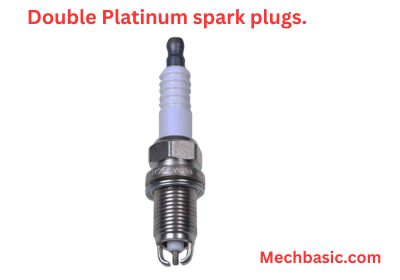
Has platinum on both the center and ground electrodes. Ideal for waste spark ignition systems, with extended durability.
✅ Features:
- Platinum on both the center and ground electrodes.
- Designed for waste spark ignition systems, where the spark travels both ways.
⚙️ Advantages:
- Enhanced durability.
- Excellent spark efficiency under dual-use.
🔧 Best For:
- Vehicles with waste spark systems (e.g., some Ford and Chrysler engines).
4. Iridium Spark Plugs:
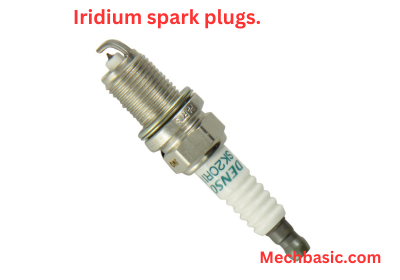
Made with a fine iridium tip, offering excellent longevity and performance. Requires less voltage to spark.
✅ Features:
- Center electrode made of iridium, an extremely hard and durable metal.
- Allows for a finer tip, requiring less voltage to spark.
⚙️ Advantages:
- Longest lifespan (~100,000+ km).
- Best performance and efficiency.
- Excellent resistance to wear and high temperatures.
🔧 Best For:
- High-performance and modern engines.
- Drivers seeking longevity and fuel efficiency.
5. Double Iridium Spark Plugs:
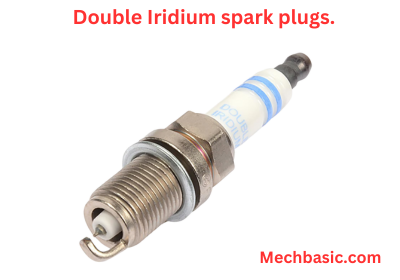
Iridium on both electrodes provides top durability and spark reliability under high-stress engine conditions.
✅ Features:
- Iridium on both electrodes, similar to double platinum plugs.
⚙️ Advantages:
- Even greater durability and lifespan.
- Reliable spark under high load and temperature.
🔧 Best For:
- Turbocharged, high-compression, or racing engines.
6. Silver Spark Plugs (Rare):
Uses silver for better electrical and thermal conductivity. Rare and typically used in older European or performance engines.
✅ Features:
- Use silver electrodes, which conduct electricity and heat better than other materials.
⚠️ Drawbacks:
- Silver is soft and wears quickly, so these plugs don’t last long.
🔧 Best For:
- Some European performance and motorcycle engines.
7. Resistor Spark Plugs:
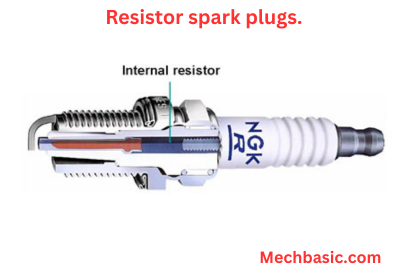
Includes a built-in resistor to reduce electromagnetic interference, protecting vehicle electronics and radio signals.
✅ Features:
- Contain a ceramic resistor to reduce radio frequency interference (RFI).
⚙️ Advantages:
- Protects onboard electronics and radio signals.
- Standard in most modern vehicles.
🔧 Best For:
- All modern cars with sensitive electronics.
8. Multiple Ground Electrode Spark Plugs:
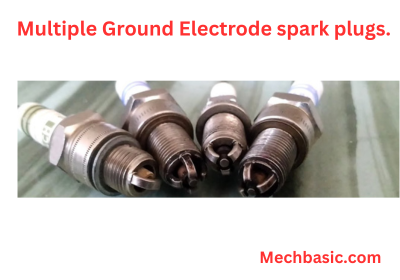
Has 2–4 ground electrodes to improve spark reliability and distribute wear evenly, enhancing plug life.
✅ Features:
- Have 2, 3, or 4 ground electrodes instead of one.
- The spark alternates between them.
⚙️ Advantages:
- Improved spark consistency.
- Extended life due to shared wear across electrodes.
🔧 Best For:
- Performance and long-life applications.
9. Surface Discharge Spark Plugs:
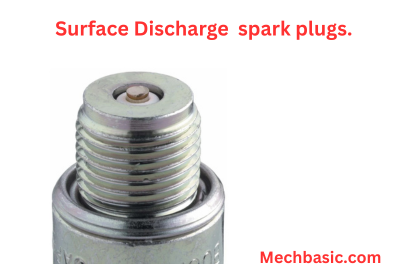
No ground electrode; spark travels across the insulator surface. Best for high-RPM or racing engines to prevent fouling.
✅ Features:
- No traditional ground electrode; the spark forms across the insulator surface.
⚙️ Advantages:
- Ideal for high-compression or high-RPM engines.
- Resistant to carbon fouling.
🔧 Best For:
- Racing engines, rotary engines, or engines with very high voltage.
🔧 Summary Table:
| Type | Electrode Material | Lifespan (approx.) | Best For |
|---|---|---|---|
| Copper | Copper/Nickel | 20k–30k km | Older/low-performance engines |
| Platinum | Platinum | 80k–100k km | Modern standard engines |
| Double Platinum | Platinum (both ends) | 100k+ km | Waste spark systems |
| Iridium | Iridium | 100k+ km | High-performance/new cars |
| Double Iridium | Iridium (both ends) | 120k+ km | High-performance/turbo engines |
| Silver | Silver | ~20k km | Specialty European, motorcycles |
| Resistor | Copper/Platinum/Iridium + resistor | Varies | Modern cars with electronics |
| Multi-Ground Electrode | Nickel/Platinum/Iridium | 60k–100k km | Consistent ignition, long life |
| Surface Discharge | No ground electrode | Varies | Racing, high-RPM, rotary engines |
Other courses:



